Written by Seth Taylor, ALMFT
Emotional gridlock is a state of emotional impasse that many partners encounter in their relationships. It often arises from unresolved conflicts and differences that become entrenched over time, leaving partners feeling stuck and disconnected. In this blog post, we will delve into the concept of emotional gridlock, explore how to overcome it and provide insights into managing conflict and perpetual problems that can strain relationships.
Understanding Emotional Gridlock
Emotional gridlock is a complex state where partners find themselves unable to resolve ongoing conflicts, resulting in a sense of frustration, distance, and even resentment. This occurs when discussions about certain topics lead to an emotional standoff, preventing any meaningful progress. It's crucial to recognize that feeling stuck in gridlock doesn't mean your relationship is doomed – rather, it's an opportunity for growth and deeper understanding.
What Can Cause Gridlock?
Unmet Expectations. When partners have different expectations about the relationship, conflicts can arise as these expectations clash. For example, expectations surrounding the balance between supporting your desired lifestyle through building your career and working long hours, while also meeting the expectation of prioritizing sexual intimacy in your relationship.
Unresolved Past Issues. Lingering resentments from past arguments or events can contribute to emotional gridlock. For example, a betrayal of trust due to one partner sharing confidential information about the relationship without permission of the other.
Lack of Compromise. Inflexibility and an unwillingness to find a middle ground can lead to perpetual problems and gridlock. For example, the battle over household responsibilities that never seems to feel fair or even.
What if Our Problem Persists?
Perpetual problems are those recurring conflicts that seem to defy resolution. They can range from differences in parenting styles to financial concerns and more. These problems become even more challenging to address when negative sentiment override comes into play. Negative sentiment override occurs when the emotional connection between partners erodes, causing neutral or positive interactions to be interpreted negatively. This further exacerbates emotional gridlock.
How to Get Unstuck From Emotional Gridlock
Learning how to get unstuck from emotional gridlock is paramount for the health and longevity of any relationship. When left unaddressed, emotional gridlock can fester and erode the foundation of a partnership, leading to increased distance, resentment, and dissatisfaction. Getting unstuck is essential because it empowers partners to break free from unproductive patterns, fostering a deeper understanding and connection. By honing skills to navigate and overcome emotional gridlock, couples can transform conflicts into opportunities for growth, ultimately strengthening their bond and creating a more resilient, fulfilling relationship. Follow these tips to help you get unstuck!
Foster Open and Honest Communication
The foundation of any successful relationship is communication. To overcome emotional gridlock, both partners must be willing to engage in open, non-judgmental conversations. This requires active listening and empathy, as well as the ability to express feelings and thoughts without fear of judgment.
Identify Underlying Issues
Often, emotional gridlock arises from perpetual problems, which are ongoing issues that have no clear solution. Identifying the underlying needs, fears, and desires associated with these problems can help uncover the true source of the conflict and pave the way for more productive conversations.
Normalize Respectful Disagreement
Conflict is a natural part of any relationship, but it's how you manage conflict that matters. Instead of aiming to eliminate all disagreements, focus on finding ways to manage them constructively. This involves respecting each other's perspectives and finding compromises that acknowledge both partners' needs.
Cultivate Emotional Awareness
Recognize when you're slipping into emotional gridlock. Pay attention to your emotions and thoughts during conversations. Are you feeling defensive? Are you assuming negative intent from your partner's words? Developing emotional awareness can help you step back from unhelpful patterns.
Practice Patience & Empathy
Overcoming gridlock takes time. Practice patience and empathy toward your partner's perspective. Avoid blaming or criticizing, and instead, focus on understanding their point of view.
Seek Professional Help
Sometimes, emotional gridlock can be deeply rooted and challenging to address on your own. Seeking support from a relationship therapist can provide a neutral space for productive discussions and offer tools to navigate through gridlock.
Takeaway
Emotional gridlock is a challenging yet surmountable obstacle in relationships. By understanding its nature, learning how to manage conflict, and practicing effective communication, partners can untangle themselves from feeling stuck and rediscover the emotional connection that brought them together. Remember, overcoming gridlock is a journey that requires patience, empathy, and a commitment to growth, all of which can ultimately lead to a stronger, more resilient partnership.


































